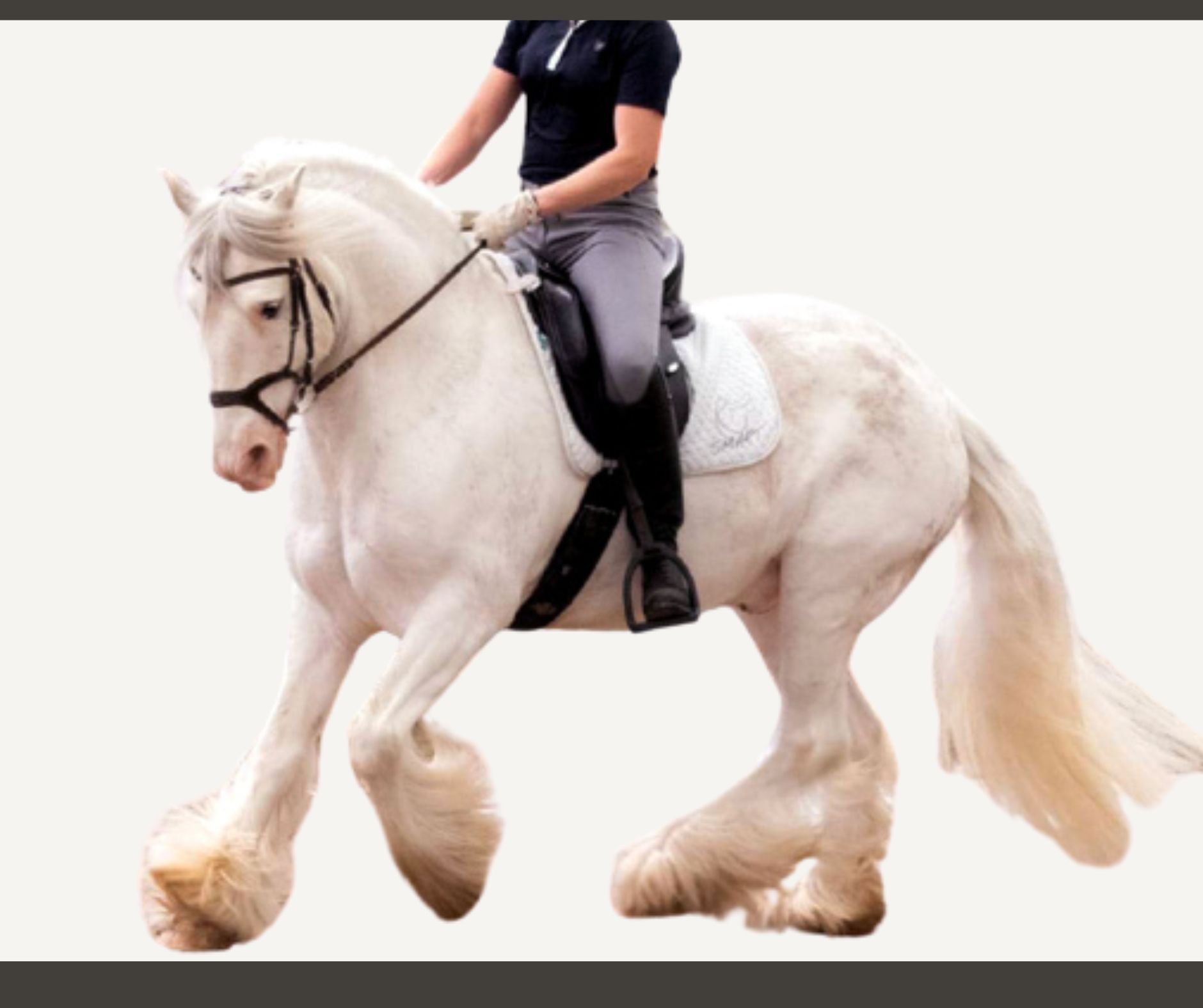
It is not unusual for riders to be caught in the conundrum of trying to find a saddle to fit their short backed horse whilst still maintaining their own comfort, balance and effectiveness in the saddle.
Owners are often guided by a figure for the saddle size their horse should wear. Whilst this information is always taken into consideration, fitting a flexible SMART Saddle needn’t be so restrictive. Although we don’t want to swamp any horse’s back with an unnecessarily or unfairly large saddle, there is greater scope to fit a slightly longer seat and still maintain a shorter footprint on the horses back.
The last rib
The ‘rule of thumb’ to not fit the tree of the saddle beyond the horse’s last rib has been based on anatomical and biomechanical knowledge and gives good guidance. It also serves to help limit the size of rider for the individual horse. However, there’s still a gap in research in this area and, as SMART Saddles function differently from traditional saddles, they are fitted differently, too.

The hows and whys
The SMART Saddle is unlike others on the market because it is fully flexible, so the way that it engages with the horse’s back is different, which makes our sizing and fitting process less limiting.
Thanks to its flexibility, which allows the saddle to flex both laterally and longitudinally, the SMART saddle:
SMART Sizing
Put away your tape measures! SMART Saddles are measured differently to traditional saddles as there are no fixed points to measure between, and they will flex around each horse differently. For example, our size 4 is equivalent to a 17 – 17.5” saddle but the seat does not measure 17.5” when measured the same as you would a treed saddle. However, it will typically suit riders who are normally comfortable riding in a 17 – 17.5” saddle. The saddle will also flex differently depending on the surface it is sitting on, so it is nearly impossible to measure in the traditional way.

SMART Features
The SMART Native saddle is a great option for ponies, natives and cobs with short backs and adult or taller riders. The panels are set underneath the seat; there is no rear gusset that extends beyond the seat. This serves to keep the overall footprint of the saddle short whilst still allowing a larger seat size for the rider. The panels are shorter and shallower, so it is better suited to wider, broader backed horses and ponies with lower withers but can be fitted to more shapely horses, too.

Balance
Balance is another crucial factor when fitting any saddle, including the SMART Saddle. Although you can fit a longer saddle to a shorter back, the rider must be in balance otherwise you will compromise both the horse and rider. Squeezing a rider into a saddle that they are too large for may prevent them from riding in balance and cause other problems.

Don’t compare apples with oranges
Each horse/saddle/rider combination is unique, and we believe they should be treated as such. Whilst a SMART Saddle can be fitted in a way that appears different to traditional saddle fitting methods, there will be exceptions e.g. some horses may prefer to carry the saddle in a particular area of their back. Our SMART Advisors will therefore work through the fitting process, always starting with saddles that are the appropriate size and style for the rider, but alternative options can be discussed if this does not work for the horse and rider combination. Remember that it is important to allow the horse time to respond to the different fit and feel of the flexible SMART Saddle.
The Golden Rule
One thing that hasn’t changed: it is still of upmost importance that the rider is suitably sized for their horse. Although a SMART saddle can accommodate a taller rider on a shorter back, no saddle can mitigate the effects of a rider that is too large for their mount, so it is really important to ride horses that are the appropriate size for you, so that you can both enjoy your time in the saddle!

© Copyright SMART Saddles. All Rights Reserved.